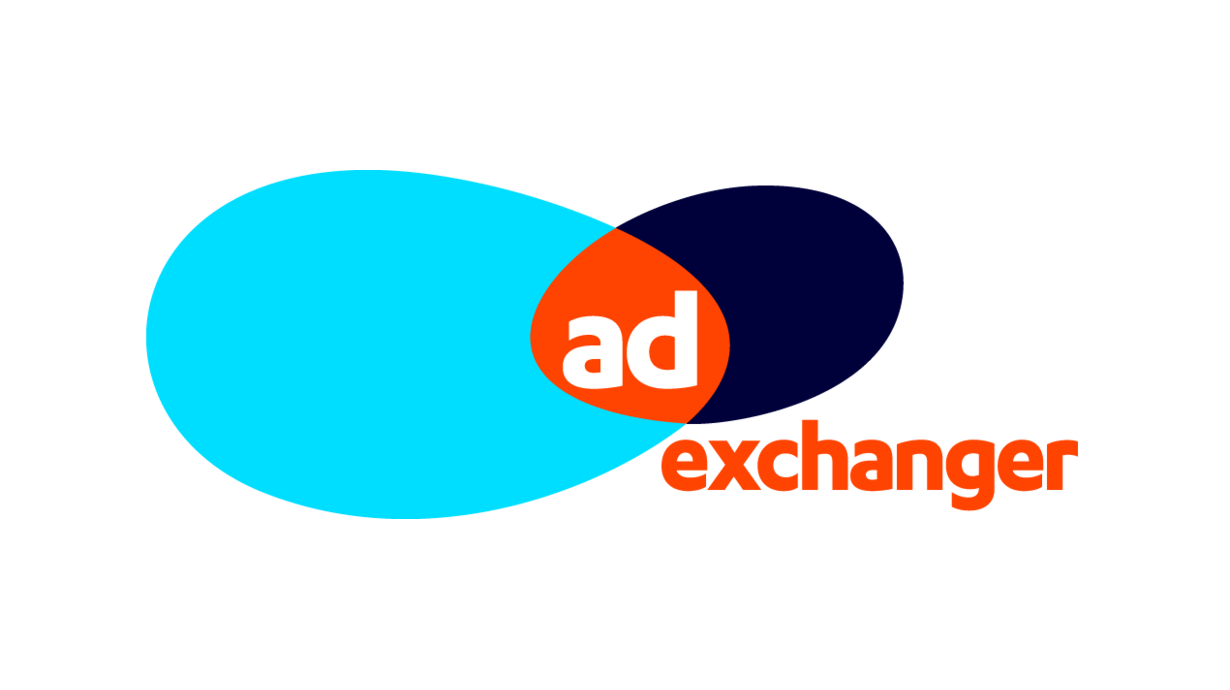Audience suppression helps SeatGeek make efficient Snapchat buys
SeatGeek expands their Snapchat programmatic buying while reducing their spend by using mParticle to avoid serving ads to audiences that have already downloaded the app automatically.

There’s no point in targeting people with app-install ads if they’ve already downloaded the app. But that’s exactly what SeatGeek found itself doing.
In the mobile app world, audience suppression often requires extensive manual work. Although Facebook – a huge beneficiary of mobile media dollars – makes audience suppression easy, newer platforms like Snapchat don’t offer the same level of functionality.
Historically, SeatGeek allocated most of its mobile dollars to Facebook, where the event ticket aggregator saw the “biggest opportunity,” said SeatGeek growth marketing manager David Kaye. Because Facebook’s SDK is integrated with the SeatGeek app, all it took was a tiny bit of development work to ensure install campaigns automatically excluded people with the app.
But when SeatGeek started spending programmatically with Snapchat in June, not long after Snapchat opened up its self-serve ads API, Kaye started receiving compliments from SeatGeek colleagues who had been targeted with the new Snapchat ads.
These compliments, however, were a red flag that alerted Kaye to a problem: Presumably, SeatGeek employees should already have the app installed. So, why were they seeing the ads?
SeatGeek didn’t have a way to run audience suppression on Snapchat the way it did on Facebook, and passing IDFAs to Snapchat via CSV files would require an incredible amount of manual work, meaning the lists couldn’t be updated regularly. Plus, the method raised privacy and security concerns.
But Kaye soon found the solution to his suppression situation in tech SeatGeek already used: mParticle, a startup that helps companies consolidate their data feeds in the highly fragmented app ecosystem.
Using mParticle’s audience platform, SeatGeek is able to sync its audience instantly with Snapchat’s audience.
People who download the SeatGeek app are excluded from future campaigns within minutes. And because SeatGeek already used mParticle in another capacity, setting up the sync took just an hour or two to figure out. And “now I could do it in 10 minutes,” Kaye said.
Kaye estimated that without audience suppression, SeatGeek would be wasting a significant chunk of its media spend.
“We did a calculation and we think somewhere between 30% and 40% of impressions were being served to people who already had the app installed,” Kaye said.
That number was so high because SeatGeek was focusing on a subset of the Snapchat audience that likes live events, which includes customers the ticketing platform had already reached.
Using a platform like mParticle allows SeatGeek to diversify its spend beyond Facebook without losing the functionality that makes the leading social media platform so efficient for marketers.
“The fact that we have mParticle and [attribution platform] Tune both integrated meant we could start testing with Snapchat quickly,” Kaye said. “It made life easier for us, and it definitely reduces the barrier to entry.”
SeatGeek plans to use mParticle as it further diversifies the partners it works with in the mobile app space.
It’s testing out a new DSP, Liftoff, and has plans to run tests with other new mobile partners. With all of them, it will be able to use mParticle to pass audience suppression lists. The technique avoids a huge amount of waste, Kaye said.
But Kaye remains vigilant. And he’s surprised to observe that others in the app marketing space don’t do audience suppression.
“Audience suppression feels obvious, but I see [app-install] ads for larger, really prominent apps where I have had the app installed for a long time,” Kaye said. “Audience suppression is something every app-install advertiser should be mindful of.”


